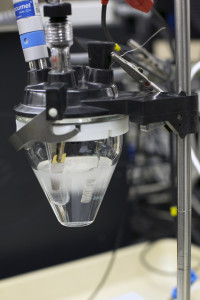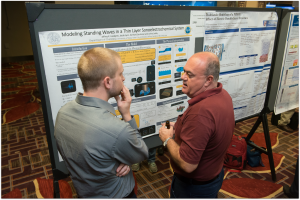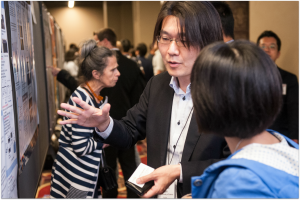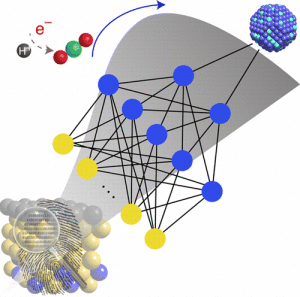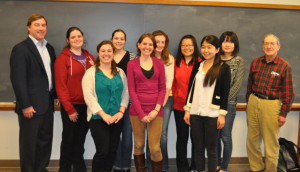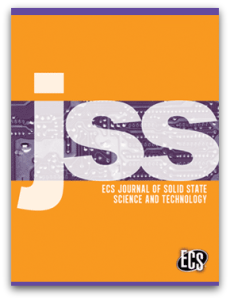 This special issue of the ECS Journal of Solid State Science and Technology focuses on defect characterization in semiconductor materials and devices. We especially welcome papers in the following domains:
This special issue of the ECS Journal of Solid State Science and Technology focuses on defect characterization in semiconductor materials and devices. We especially welcome papers in the following domains:
- Structural, chemical, electrical and optical characterization of extended defects in semiconductor nano-structures and materials
- Electrical and optical characterization of point defects in semiconductor nano-structures
- Semiconductor-device-based defect analysis
- Impact of (extended) defects on device and circuit operation and yield
- Defect characterization and control in hetero-epitaxial layers and nano-structures grown on Si, comprising Ge, SiGe, GeSn, III-V and III-nitrides
- Ab initio calculations and TCAD of the electrical activity of (extended) defects in semiconductor materials and devices
- Defect control and mitigation strategies during hetero-epitaxial deposition
Find out more!
Submission Deadline | Oct. 21, 2015
Papers accepted into this focus issue are published online within 10 days of acceptance.
The issue is created online an article at a time with the final article published in March 2016.


